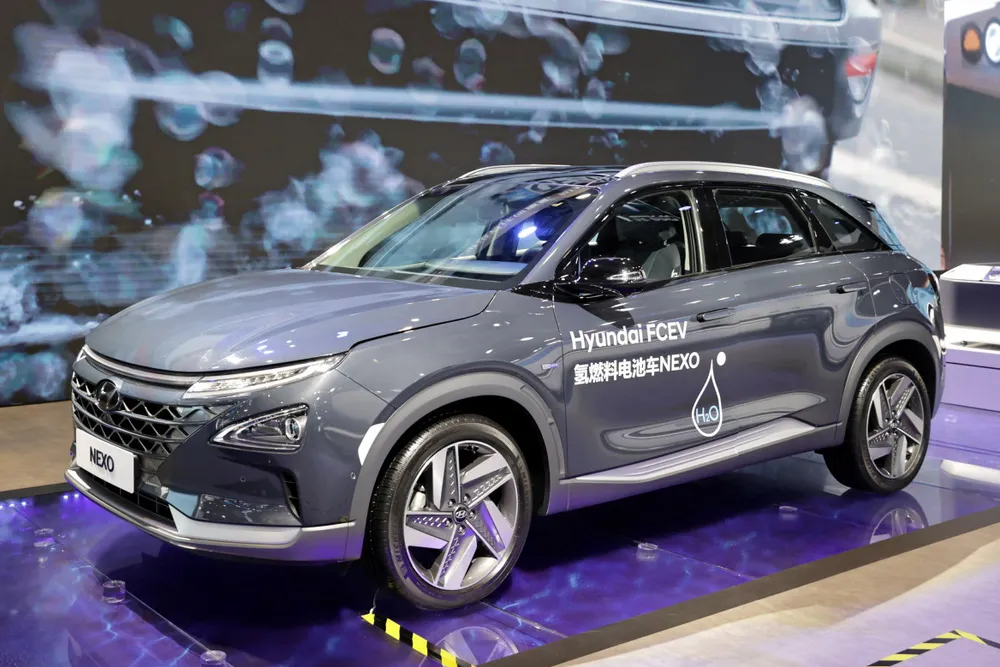South Korea’s multi-million-dollar vehicle subsidy scheme could halve the price of new hydrogen cars
Seoul targets passenger cars with massive expansion of support regime for fuel cell electric vehicles

Seoul targets passenger cars with massive expansion of support regime for fuel cell electric vehicles
